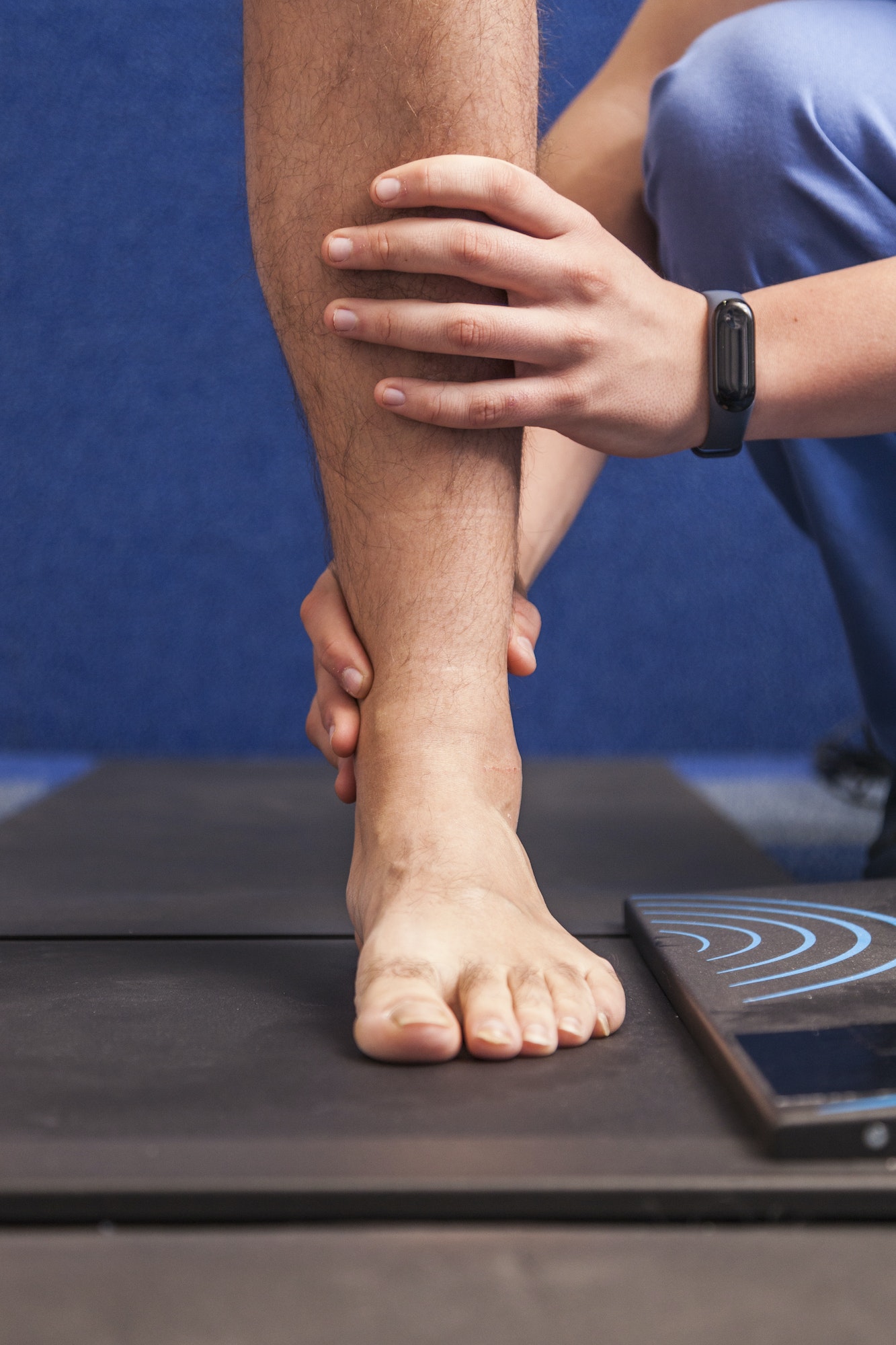Table of Contents
Diabetes
Diabetes is an unfortunate disease affecting a larger amount of the American population each year. Your body’s cells need insulin to take glucose from the blood and use it for energy. In type 2 diabetes, the body can’t use insulin properly to transport glucose from the blood and into the cells. This results in hyperglycemia or too many glucose molecules in the blood. Hyperglycemia causes problems like neuropathy (numbness) and vasculopathy (clogged arteries in the eyes and kidneys). It also reduces the body’s ability to heal from injury and fight infection. Because of this, podiatrists see a lot of diabetic ulcers which are essentially blisters that can’t heal. Often the only way to resolve a deep infected ulcer is with an amputation of that part of the foot. The good news? Diabetes is not permanent and can be reversed by following a whole foods diet and avoiding all processed sugars.
What are diabetic wounds?
Diabetes causes two main problems in the feet – with nerves and with blood vessels. With a loss of blood flow and sensation to the feet, diabetics can develop sores without knowing it. Because you can’t fight infection without adequate bloodflow, the wounds get infected. This is why your podiatrist needs to check you feet often! You can help by performing daily foot checks at home. If you can’t reach your feet, ask for a family member to help or hold your foot up to a mirror. Early detection of any skin changes can help to avoid an amputation!
Treatment
Once a diabetic wound starts, they can be difficult to heal. The average time to close a diabetic wound is 26 weeks. Our advanced wound care starts with the basics of controlling your blood sugar to control the effects of the diabetes. This is followed by an assessment of the vascular system to improve blood flow to increase the healing potential.
Wound management takes many different courses as each is tailored to the size and depth of the wound and the ability of the individual to heal the wound. Simple wound debridement is the initial step at which point the wound is cleaned of devitalized and infected tissue to allow healing to occur.
Wound vacs are mini suction machines which help close the wound and speeds healing by pulling the edges closer together. OrthoBiologics skin dressing are often applied to cover the wound and speed closure to help prevent further bacterial contamination and infection. At times surgery is necessary to enable the wound to close. Once closed it may be necessary to have a brace or special shoe made to accommodate the new shape of the foot or ankle. If you are having problems with diabetic wounds, let the Doctors of the Weil Foot & Ankle Institute help you get back on your feet.

Meet Weil Foot & Ankle Institute
By: Weil Foot & Ankle Institute, Published: May 20th, 2022
Review By: Lowell Weil Jr., DPM – Feb 10th, 2023


